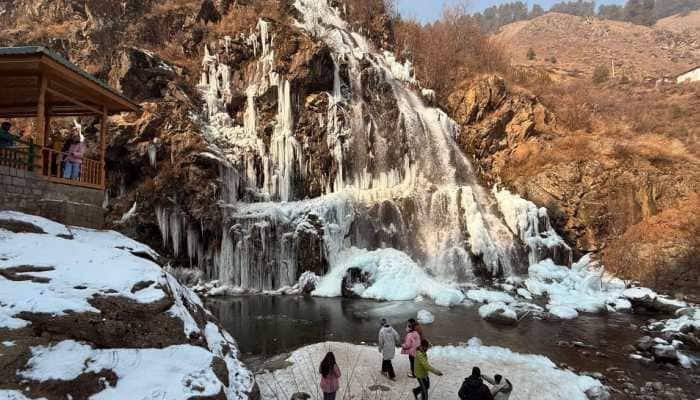Scientists sequence first ancient Irish human genomes
A team of scientists in Ireland has sequenced the first genomes from ancient Irish humans, which is now being used to answer pivotal questions about the origins of the country's people and their culture.
Trending Photos
)
London: A team of scientists in Ireland has sequenced the first genomes from ancient Irish humans, which is now being used to answer pivotal questions about the origins of the country's people and their culture.
A joint team of geneticists from Dublin's Trinity College and archaeologists from Queen's University in Belfast sequenced the genome of an early farmer woman, who lived near Belfast some 5,200 years ago, and those of three men from a later period, around 4,000 years ago in the Bronze Age, a Trinity statement said.
The information buried within the sequenced genomes revealed unequivocal evidence for massive migration. The early farmer has a majority ancestry originating ultimately in the Middle East, where agriculture was invented, while the Bronze Age genomes are different with about a third of their ancestry coming from ancient sources in the Pontic steppe.
The Pontic steppe extends from the northern shores of the Black Sea eastward to northwest Kazakhstan.
"There was a great wave of genome change that swept into Europe from above the Black Sea into Bronze Age Europe and we now know it washed all the way to the shores of its most westerly island," said professor of population genetics in Trinity College-Dublin, Dan Bradley, who led the study.
"This degree of genetic change invites the possibility of other associated changes, perhaps even the introduction of language ancestral to western Celtic tongues," Bradley added.
"It is clear that this project has demonstrated what a powerful tool ancient DNA analysis can provide in answering questions which have long perplexed academics regarding the origins of the Irish," said Eileen Murphy, senior lecturer in Osteoarchaeology at Queen's University, Belfast.
Whereas the early farmer had black hair, brown eyes and more resembled southern Europeans, the genetic variants circulating in the three Bronze Age men from Rathlin Island had the most common Irish Y chromosome type, blue eye alleles and the most important variant for the genetic disease, haemochromatosis.
The latter C282Y mutation is so frequent in people of Irish descent that it is sometimes referred to as a Celtic disease. This discovery therefore marks the first identification of an important disease variant in prehistory.
"Genetic affinity is strongest between the Bronze Age genomes and modern Irish, Scottish and Welsh, suggesting establishment of central attributes of the insular Celtic genome some 4,000 years ago," said Lara Cassidy, a researcher in genetics at Trinity.
The team's findings were published in the latest issue of journal Proceedings of the National Academy of Sciences, USA.
Stay informed on all the latest news, real-time breaking news updates, and follow all the important headlines in india news and world News on Zee News.
Live Tv







)
)
)
)
)
)
)
)
)
)
